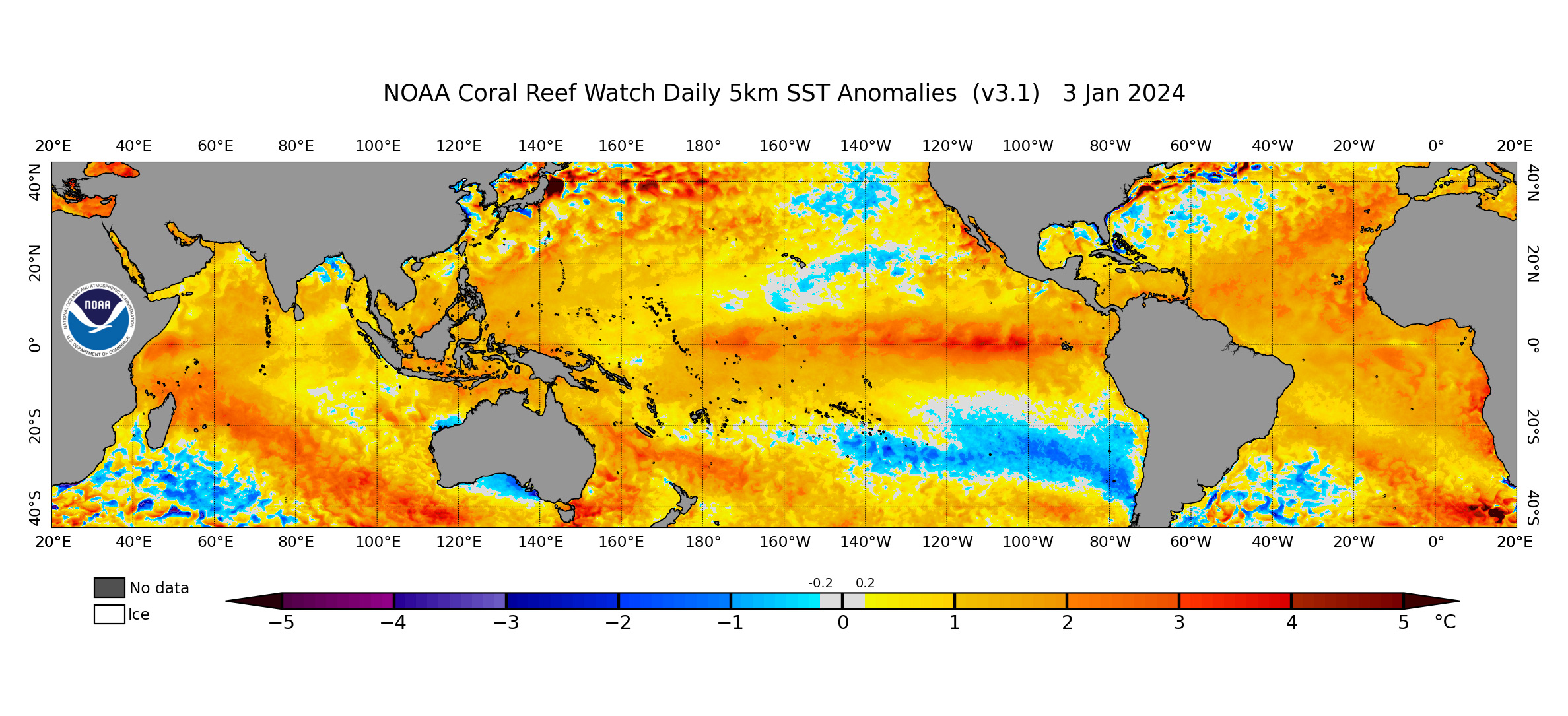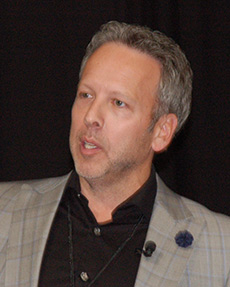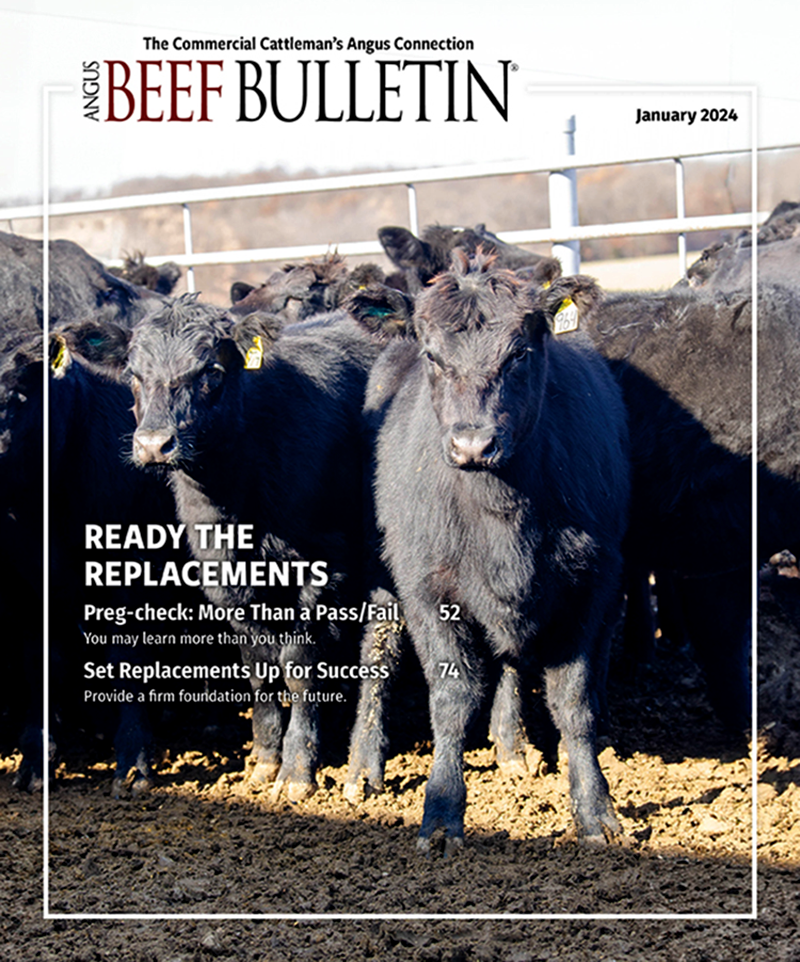
Increased Chances of Dry Conditions Return to Western U.S.
Brian Bledsoe offers 2024 forecast at Range Beef Cow Symposium.
Brian Bledsoe likens his work to that of a forensic scientist trying to solve a mystery. The puzzle pieces come together by studying the past and finding patterns. Actually, Bledsoe is a Colorado-based meteorologist and climatologist, and he admits that nothing in history offers crystal-clear clues to predicting the weather for 2024. He sees enough to form an opinion, though, which he shared during the December 2023 Range Beef Cow Symposium hosted in Loveland, Colo.
Bledsoe reminded a mostly cow-calf producer audience that the weather is currently under the influence of El Niño, which is characterized by warmer-than-normal sea surface temperatures in the tropical region of the eastern and central Pacific Ocean. El Niño typically brings increased chances for above-average precipitation to much of cow country. This contrasts with La Niña’s cooler Pacific waters, which contribute to greater chances of drought.

Brian Bledsoe |
“The current El Niño is the third-warmest on record. Overall, however, the Pacific is cold,” said Bledsoe, who suspects this El Niño lacks strength. “It suggests this El Niño does not have a lot of staying power.”
Despite all the hype surrounding El Niño and La Niña cycles, Bledsoe reminded his audience that other factors also come into play. He explained that the Pacific Decadal Oscillation (PDO) — another pattern of ocean-atmosphere variability — is detected by more northerly sea surface temperatures.
“We’ve been in a negative PDO for years. It’s cold, and I think that’s why this El Niño will be short-lived,” stated Bledsoe.
In the short term, El Niño is likely to do some good. Bledsoe expects it to deliver decent moisture to the western half of the United States during the spring of 2024. Average to above-average precipitation and mostly favorable temperatures are expected for March, April and into May. A turn for the worse is expected in June, when El Niño fades. Bledsoe said it would be better if it were followed by a neutral phase, which brings equal chances of wetter- or drier-than-normal weather. However, that’s not what he expects.
“My confidence level is pretty high that La Niña will build back by June,” said Bledsoe. “Ah well, to expect significant moisture every year on the Great Plains or in the West is irrational. Weather doesn’t stay the same for very long. It never has.”
Editor’s note: Troy Smith is a cattleman and freelance writer from Sargent, Neb.



